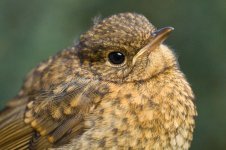Ray Guilfoyle
Member
I am just starting out on the DSLR bird photography route and would appreciate comments or any advice on the following possible equipment choices. I have shortlisted three possible options which fit into the monies available and put them into what I consider order of best option. I already own a decent tripod and head set up. Once again any advice would be appreciated.
1) Nikon D90 with Nikon 80-400mm F4.5-5.6 AF VR lens plus Kenko Pro 300 1.4 converter.
2) Nikon D90 with a Sigma 150-500mm F5-6.3 DG OS HSM ( with image stab)
3) Nikon D90 with a Sigma 50-500mm F4-6.3 EX DG lens ( no image stab)
1) Nikon D90 with Nikon 80-400mm F4.5-5.6 AF VR lens plus Kenko Pro 300 1.4 converter.
2) Nikon D90 with a Sigma 150-500mm F5-6.3 DG OS HSM ( with image stab)
3) Nikon D90 with a Sigma 50-500mm F4-6.3 EX DG lens ( no image stab)




